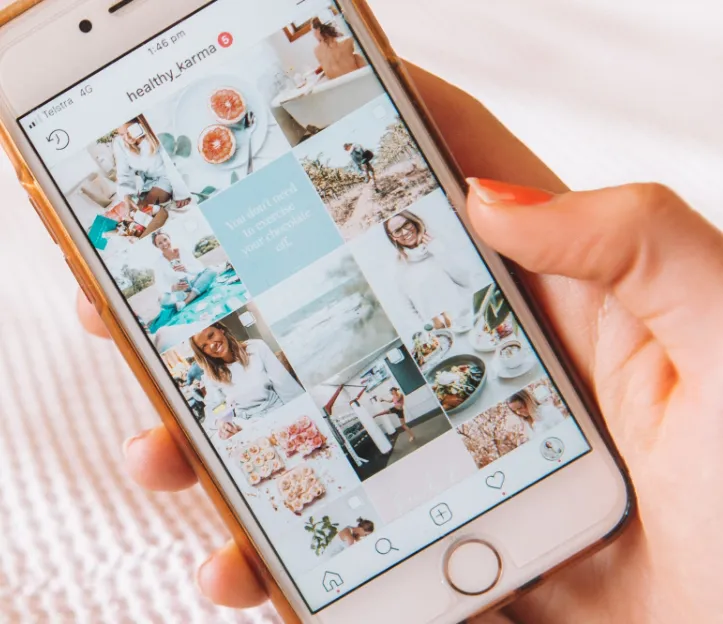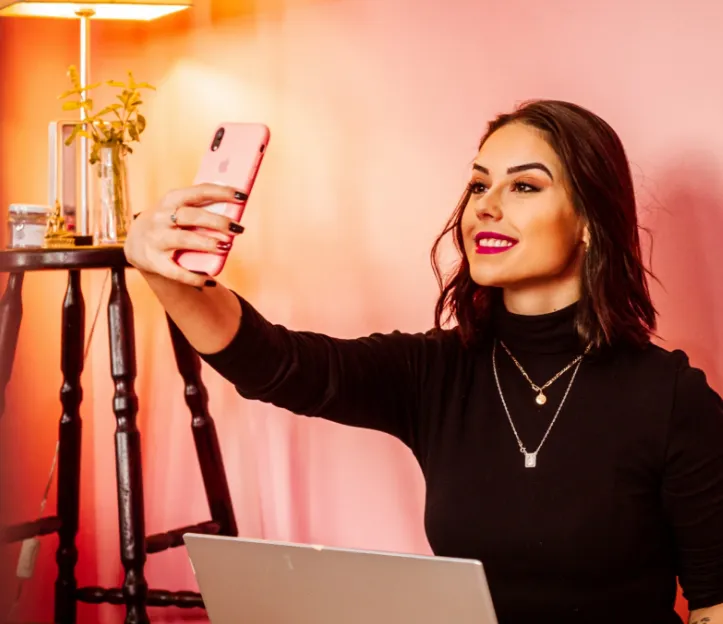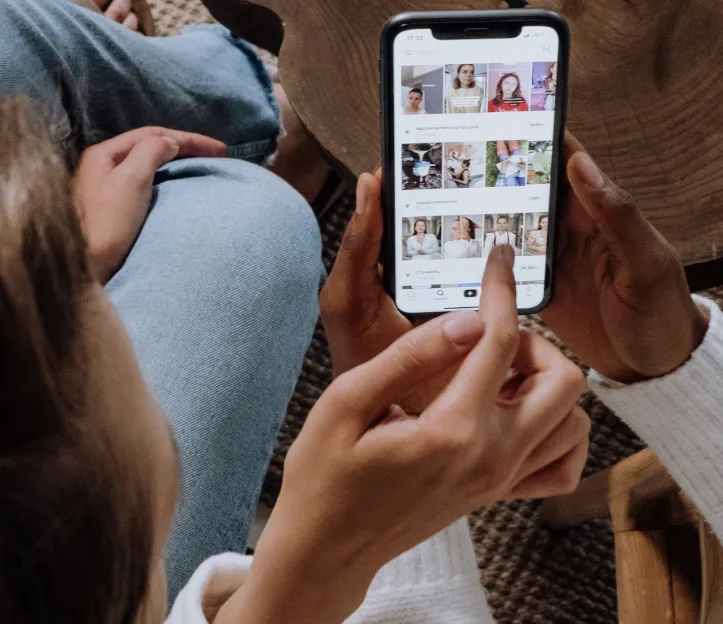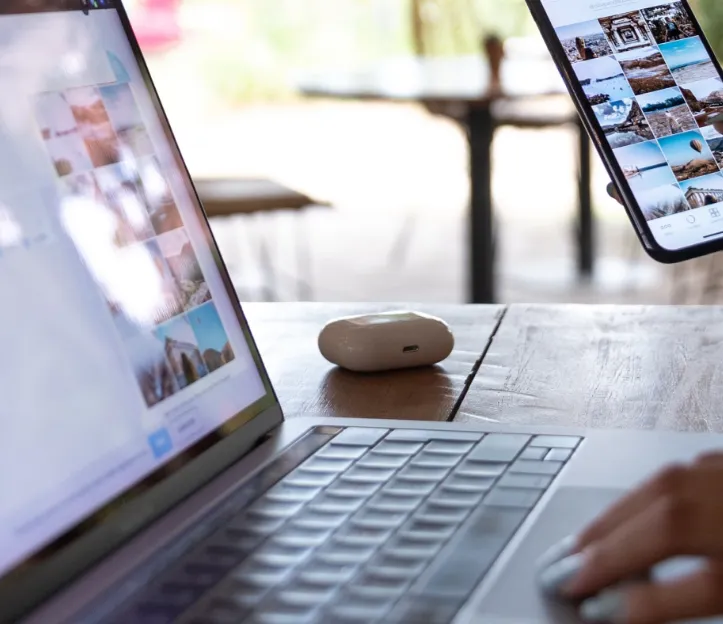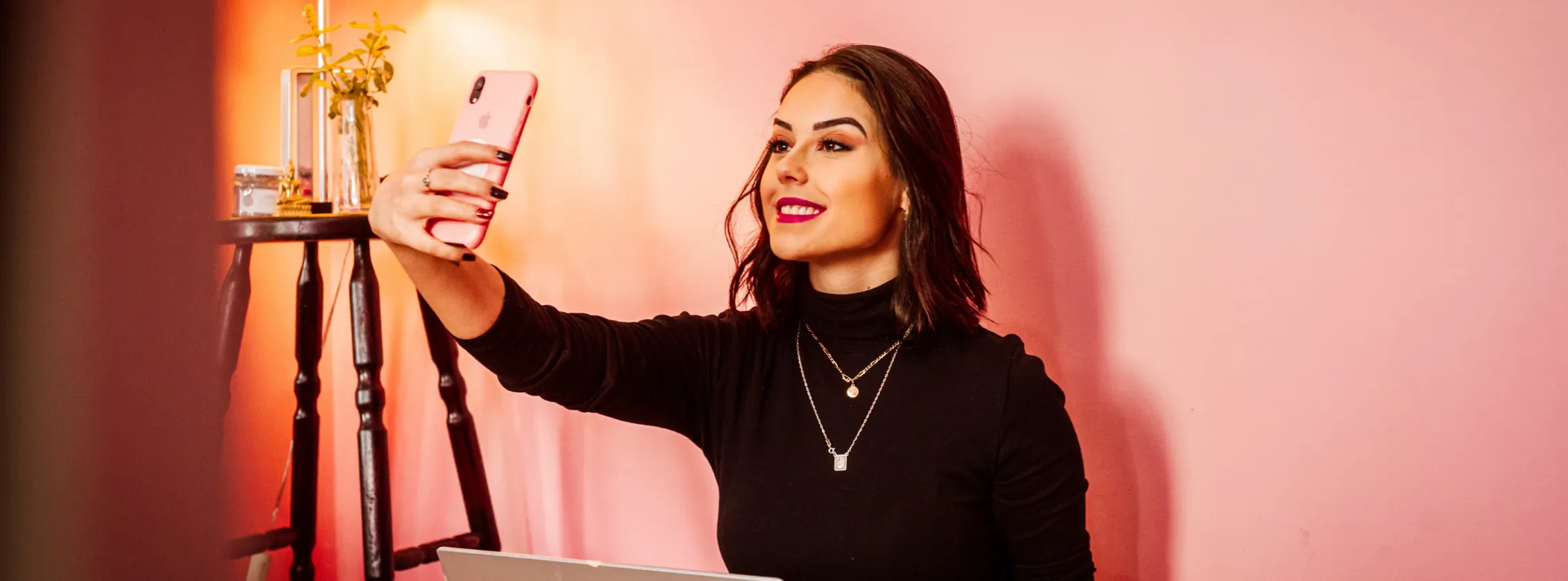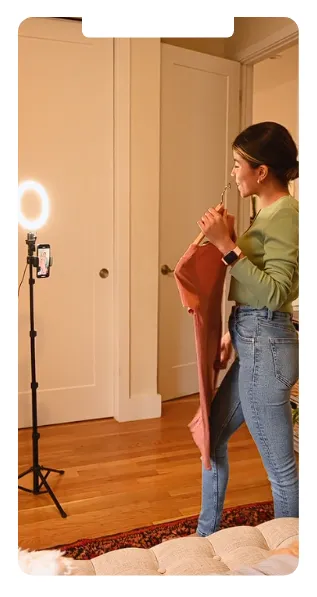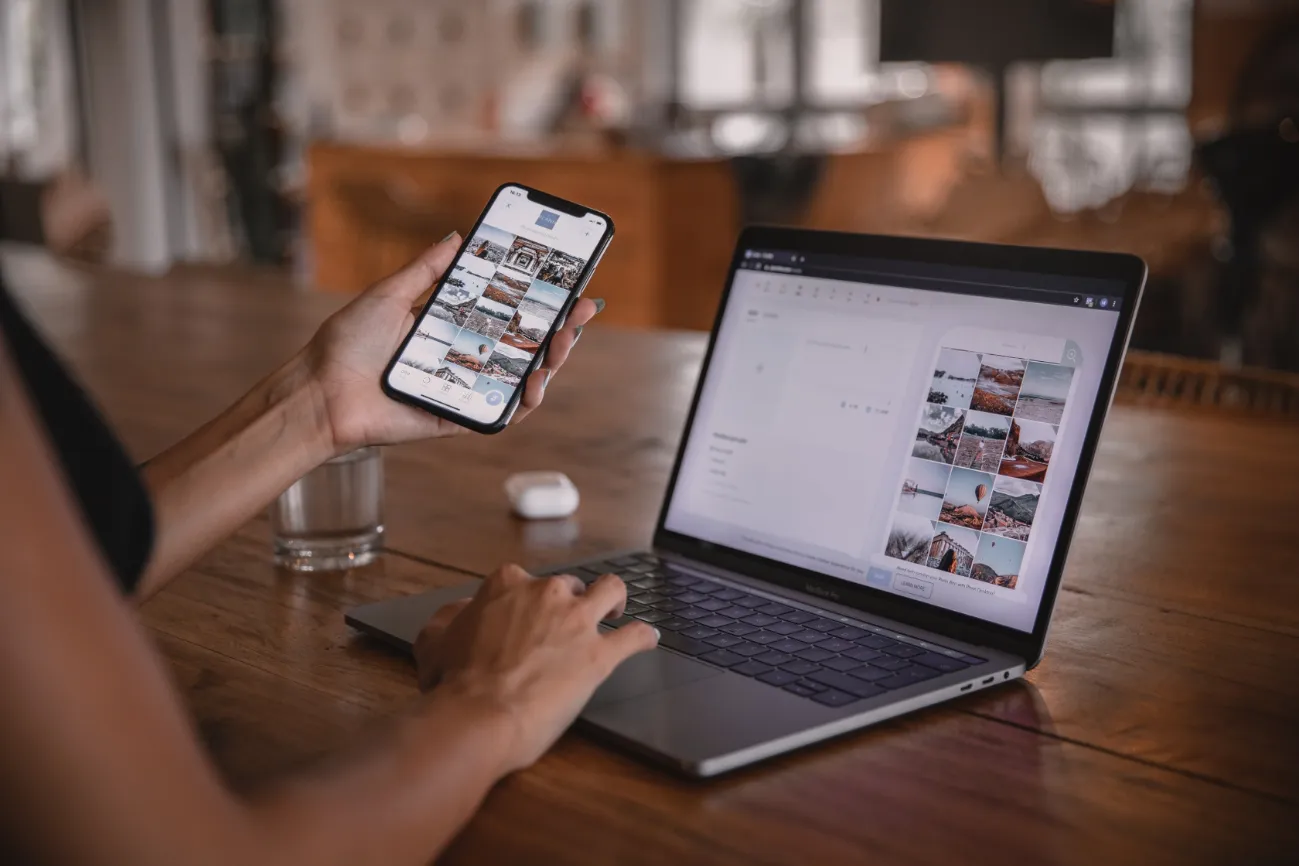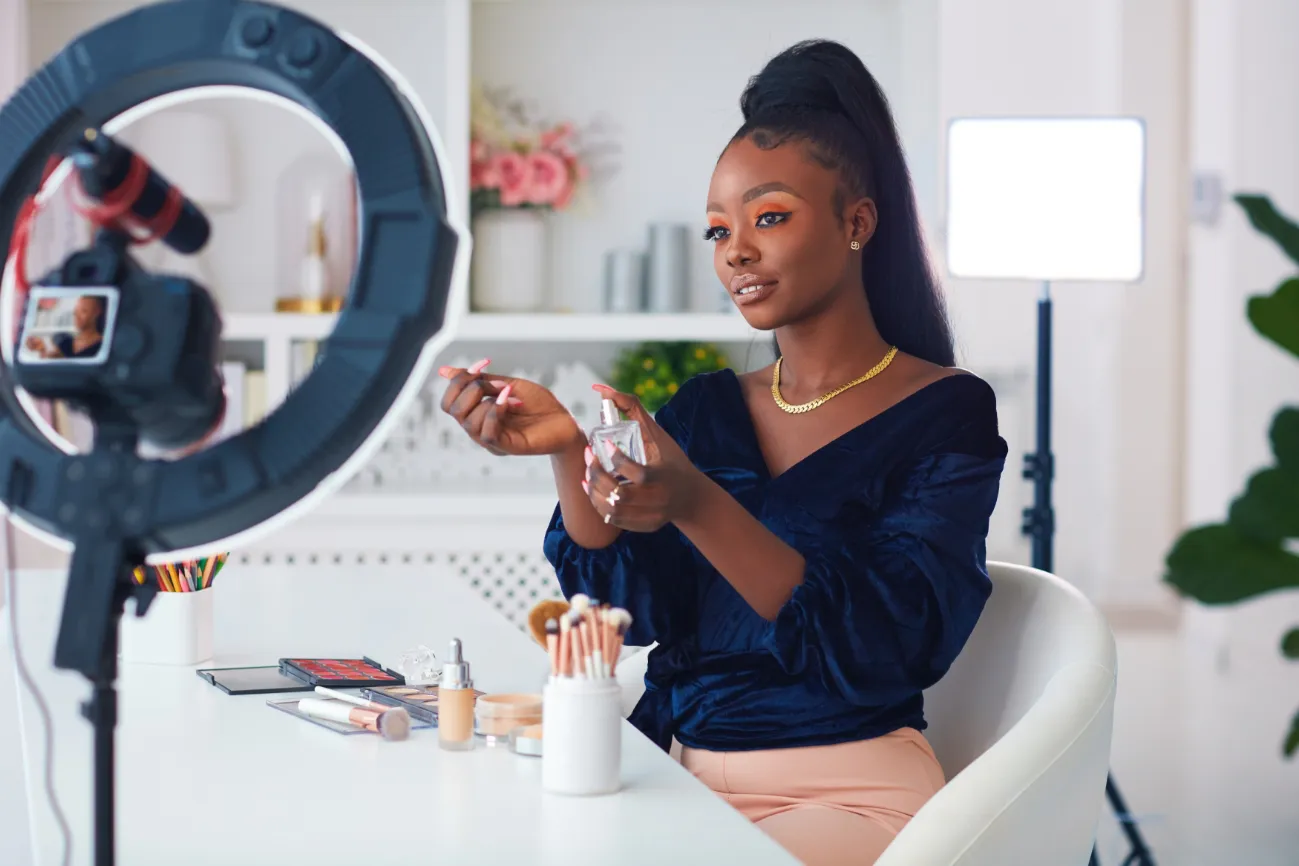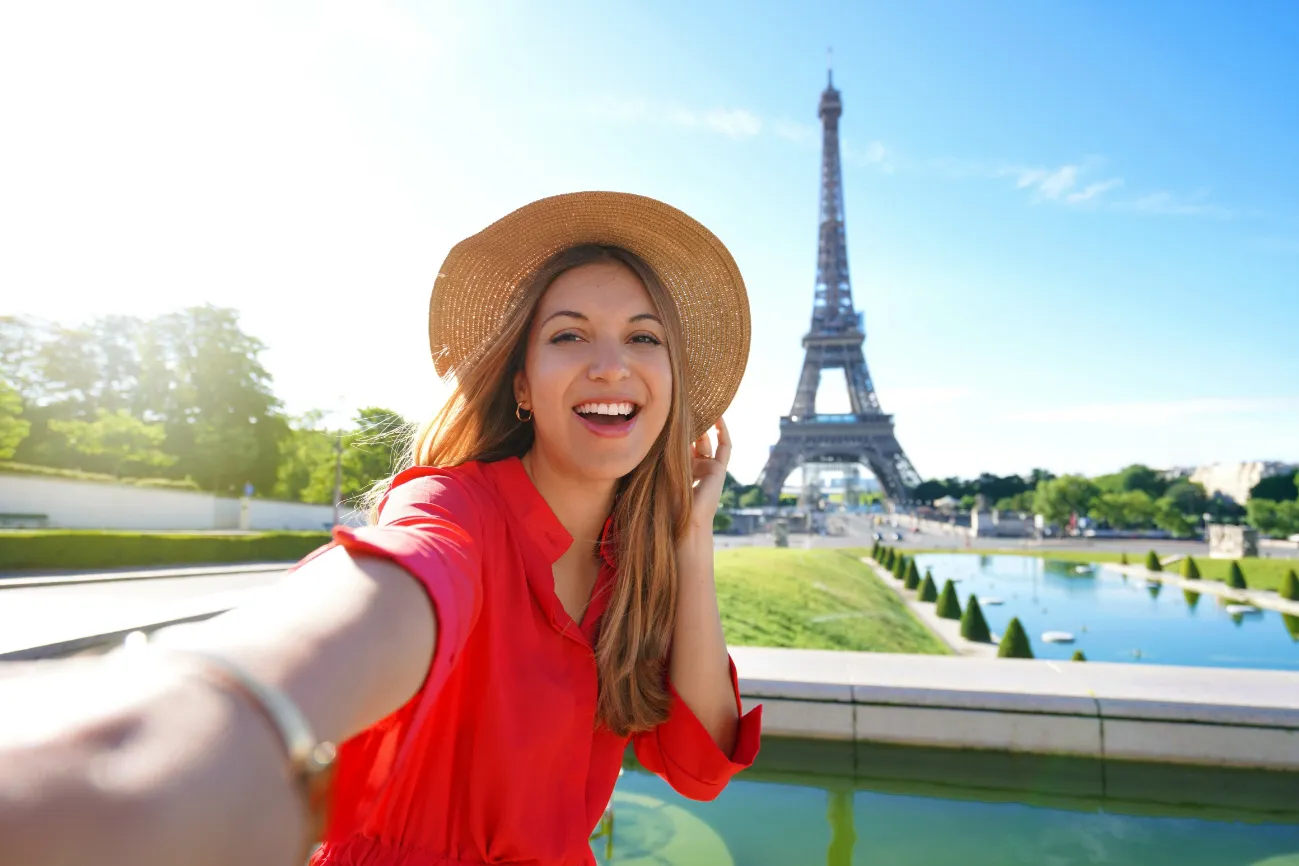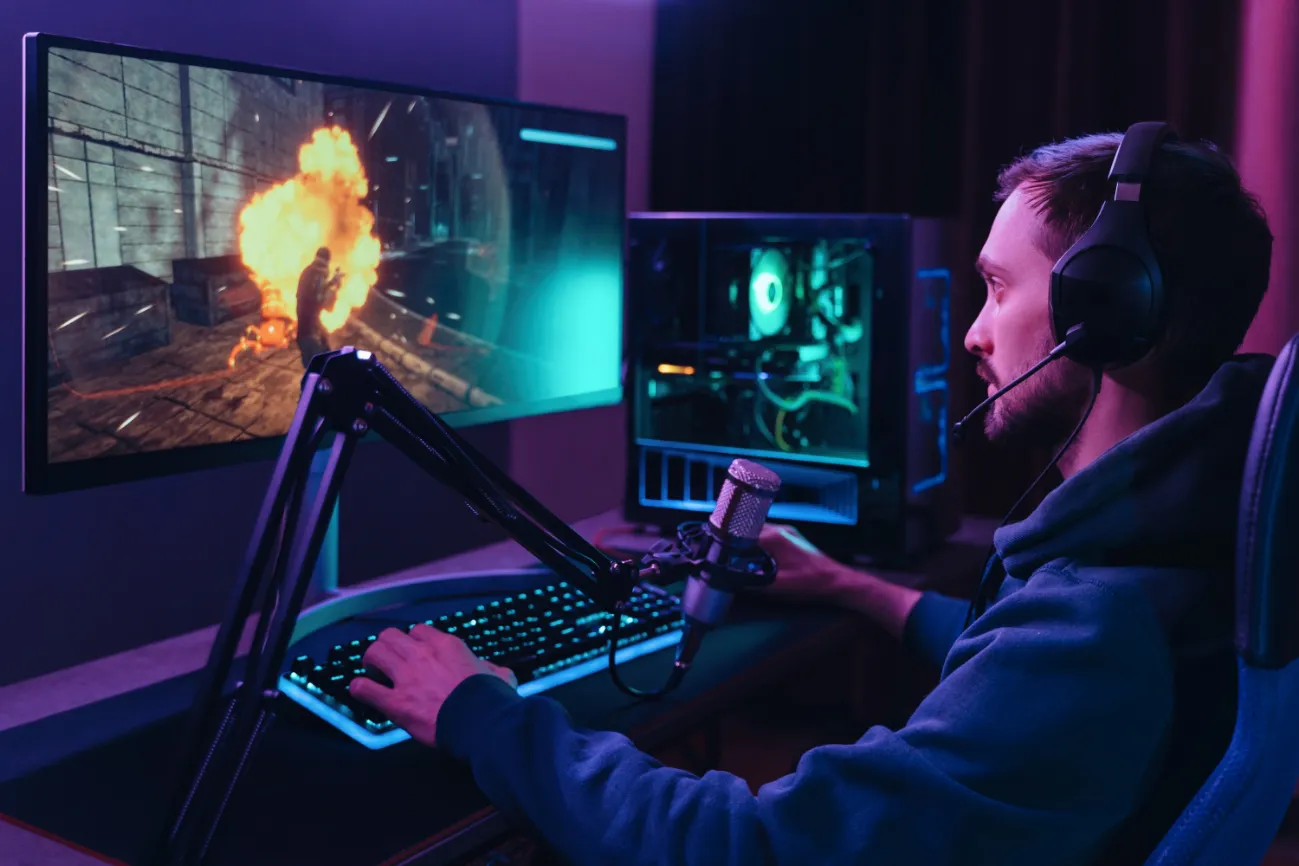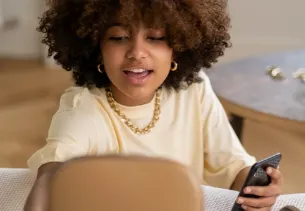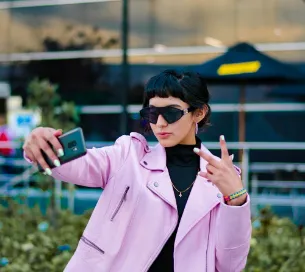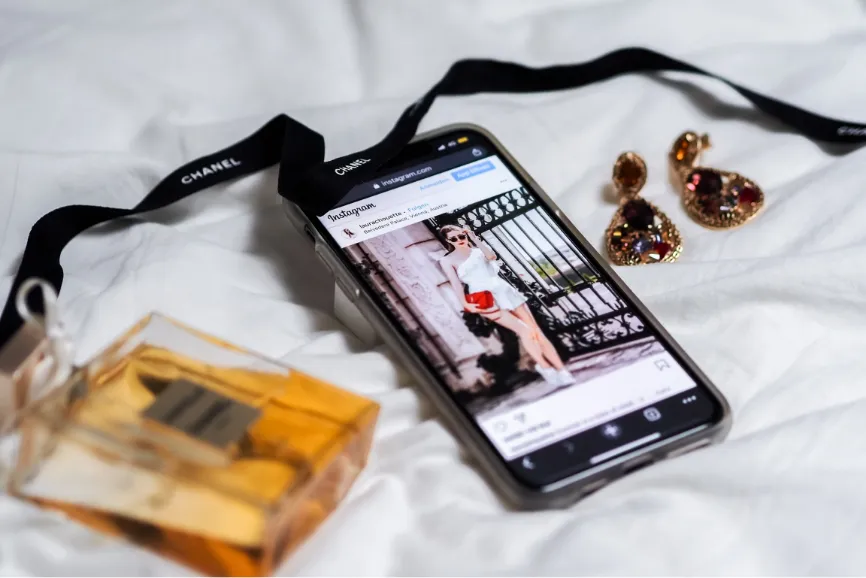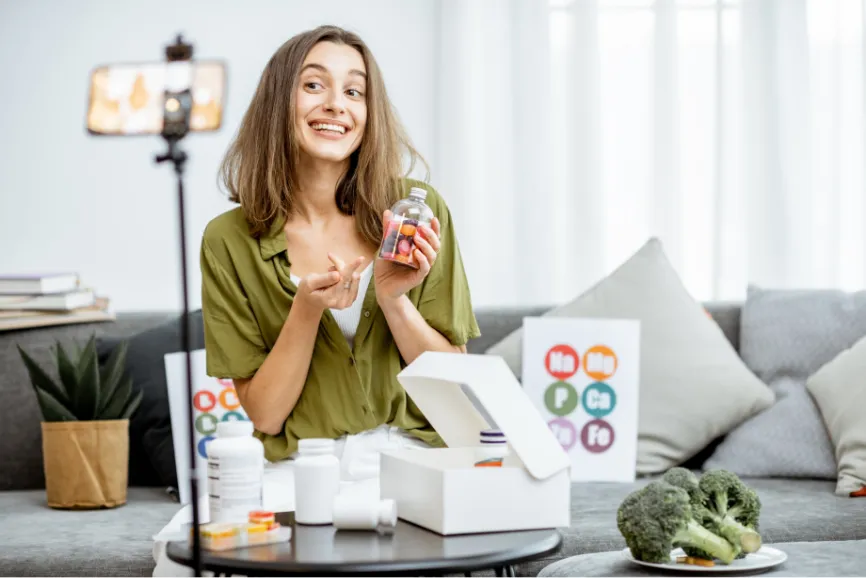
#shopnow
#ad

8K
Do you listen to the reviews of influencers or celebrities you follow on social media? Have you ever made a purchase because of what they’ve shared or said? Without a doubt, social media is having an impact on the way we shop. A lot of consumers pay attention to what the people they follow are choosing to share.
But there are certain rules influencers have to follow to make it obvious if they’ve been paid to promote a product or service or been gifted any items. In this guide, we look at how influencers can indeed influence our shopping behavior and share what to be wary of.
Chapter 1
A Brief History of Social Media
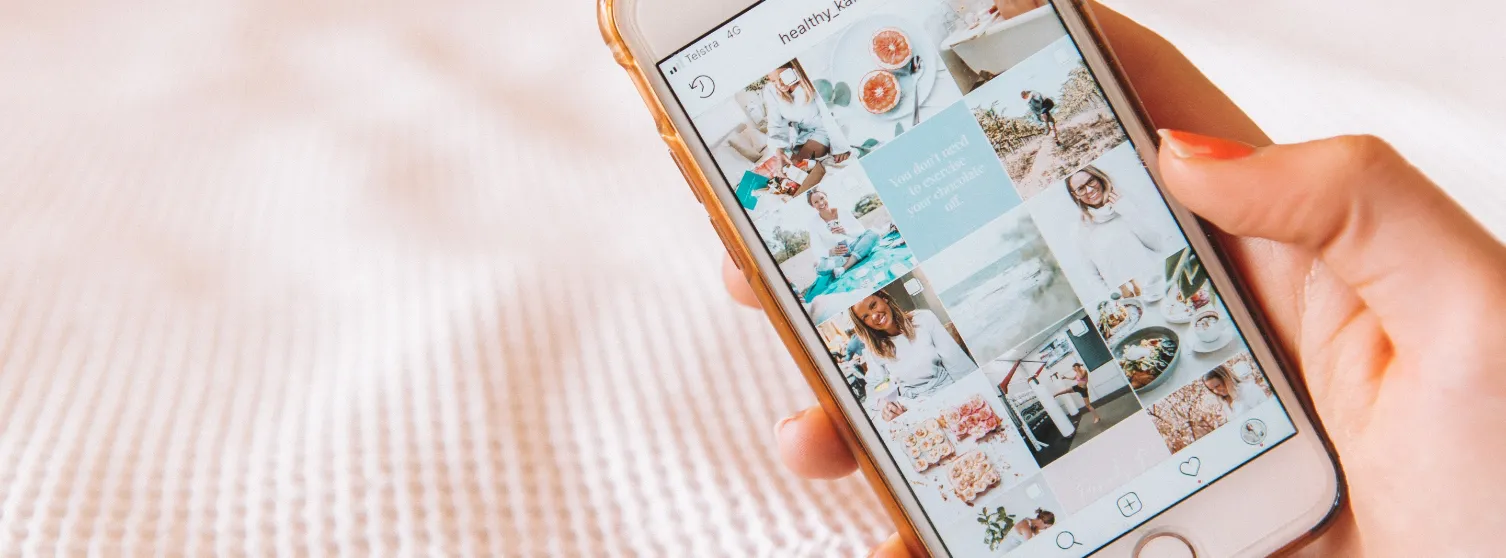
It’s difficult to remember a time without social media because it’s become an ordinary part of most people’s everyday lives. You can keep up with family and friends wherever they are in the world; you can view updates from public figures, from politicians to celebrities; you can even make creating social media content your full-time job.
But it wasn’t always this way. While some phenomena we know today started a lot longer ago than you might think (the first known selfie was taken in 1839 by amateur photographer Robert Cornelius), the first social media network, Six Degrees, wasn’t launched until 1997. Let’s take a look at some of the other developments in the industry.
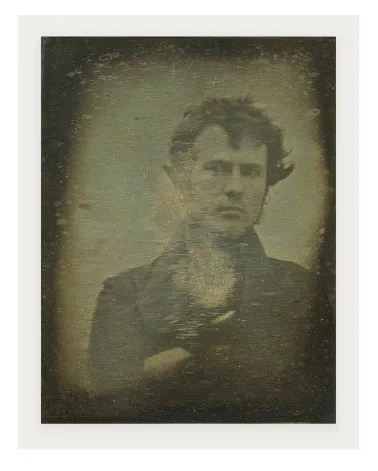
First known selfie by
Robert Cornelius, 1839

Social Media
a timeline

1997
Six Degrees launched
The first social networking site, Six Degrees, is launched. Users could upload a profile picture and connect with others on the site.


2002
Six Degrees shuts down

March 2002
Friendster is launched
It combined social networking and dating and allowed users to discover events, bands, and hobbies.


December 2002
LinkedIn is launched
It was the first social media site to have a niche (the workplace, in this instance).


August 2003
MySpace is launched
Users could customize their profiles and embed music and video, leading to some artists, such as Arctic Monkeys, Lily Allen, Calvin Harris, and Adele, being discovered.


February 2004
Facebook is launched
It wouldn’t resemble the platform we know it as now until 2006, when anyone over the age of 13 could join.
Originally a Harvard-only service called The Facebook, students could add photos, class schedules, and the clubs they belonged to to their profiles. Its popularity led to students from other colleges being given access, and by the end of the year, it had a million active users .


June 2005
Reddit is launched
Users can join forums on specific topics, known as subreddits, and share and discuss ideas.


December 2005
YouTube is launched
Users can watch, create, and share videos.


March 2006
Twitter is launched
Users can post brief 140-character updates about what they were doing, known as tweets, and speak to (or tweet) others directly.


September 2006
Facebook newsfeed introduced
Facebook introduces the newsfeed, where users could see everything their friends had posted or changed about their pages. Shortly after, it gave users options to control which of their content was displayed in the newsfeed.

October 2006
Google acquires YouTube

August 2007
Twitter introduces the hashtag
— a word or phrase preceded by the # symbol. Users can click on the hashtag to see other tweets that use it and explore the topic.

March 2010
Pinterest is launched
Users can create online pinboards and add other people’s pictures (or “pins”) to their boards.


October 2010
Instagram is launched
Users can share photos and videos and organize them using hashtags and locations. The name stems from the idea that all photos would be taken and then added to the platform instantly.


July 2011
Snapchat is launched
Users can post photos and videos that disappear after a few seconds.


April 2012
Facebook acquires Instagram

June 2015
Friendster shuts down amid a lack of engagement

2016
TikTok is launched
Users can watch, share, and upload short videos.


2017
Twitter increases its character limit to 280
The previous 140-character limit was introduced back when Twitter was an SMS service, but was considered outdated in the smartphone age.

2020
Video content
Both long and short-form video content receives high levels of engagement across all social media platforms.
What Makes Social Media So Popular?
Humans are, by nature, social animals. In fact, we need social interaction, with research showing that social relationships directly affect our health.
Individuals with less social involvement are more likely to die than those with greater social involvement.
Multiple studies have found that individuals with less social involvement are more likely to die than those with greater social involvement, even when factors like socioeconomic status, physical health, and lifestyle were taken into account.
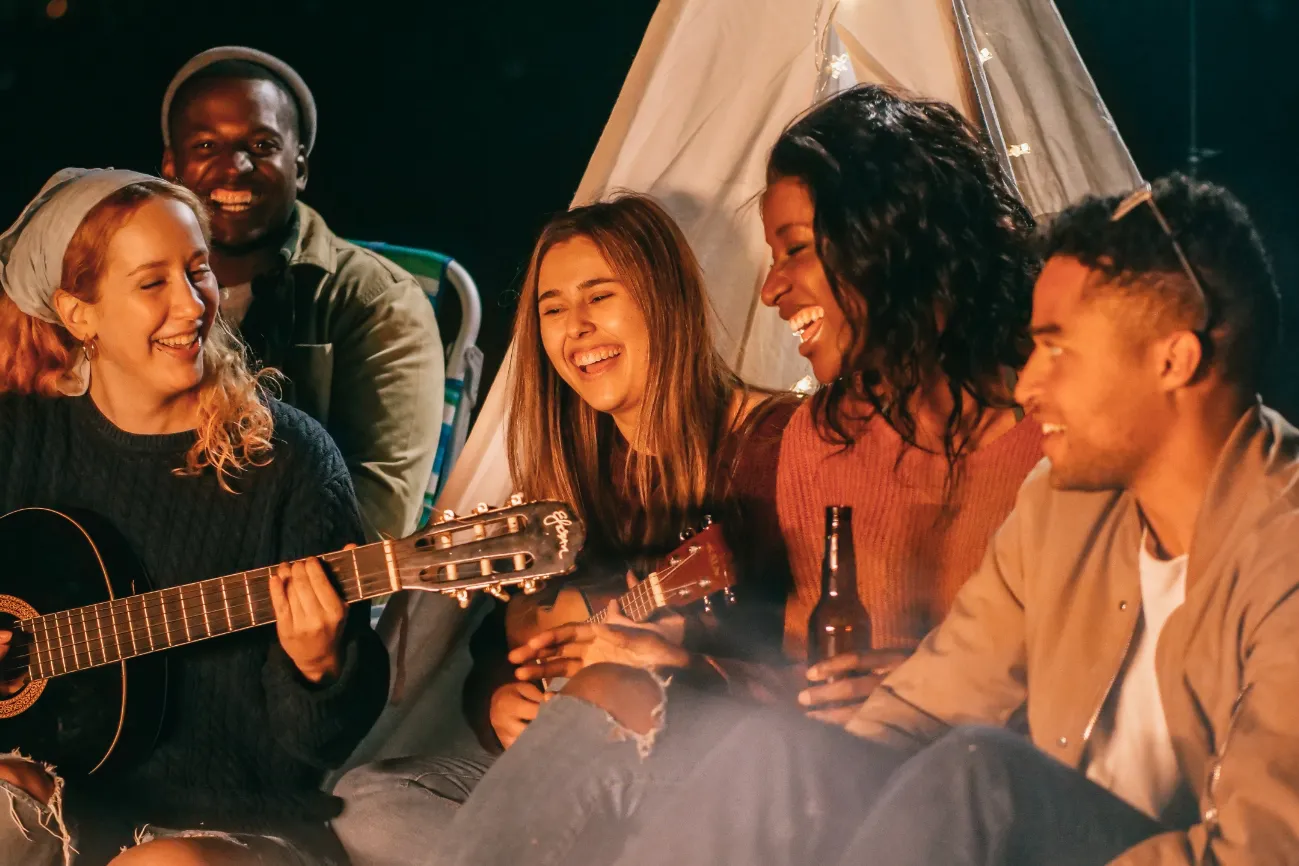
With this in mind, it’s easy to see why social media has such a broad appeal:
You can stay in touch with family and friends.
You can follow accounts that are about your interests and talk to like-minded people.
You can make new friends, regardless of geographical distance.
You can keep up to date with the news and react to it in real time.


